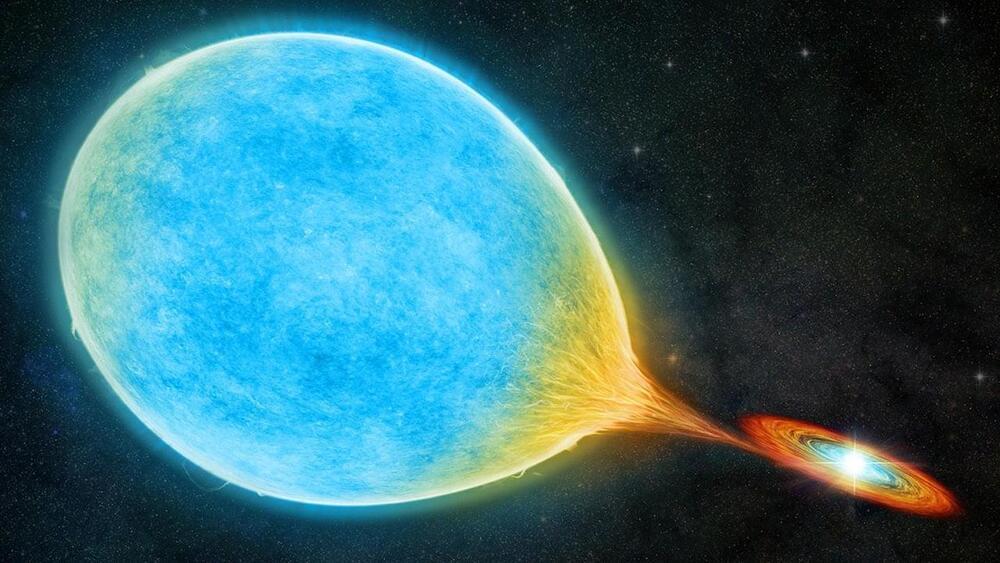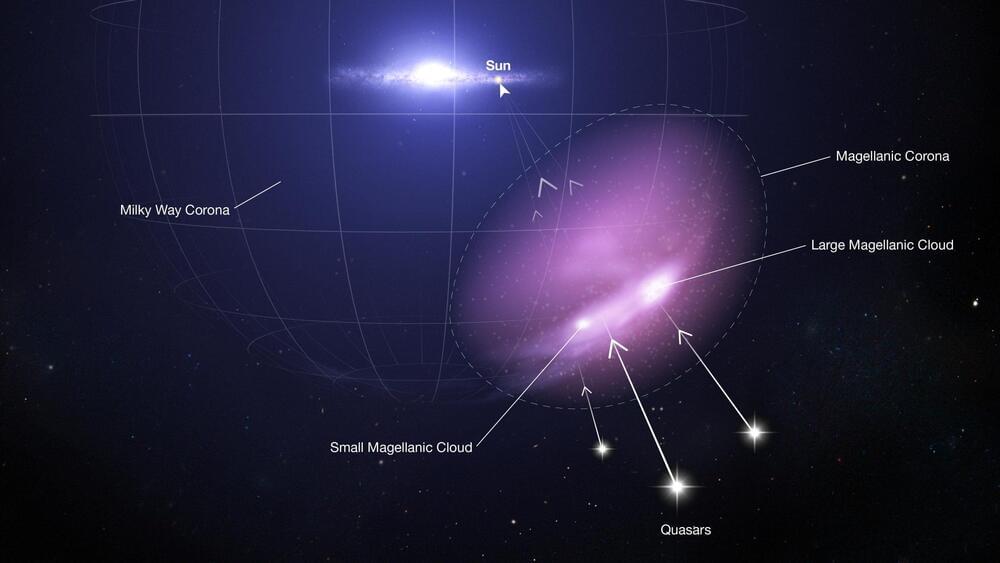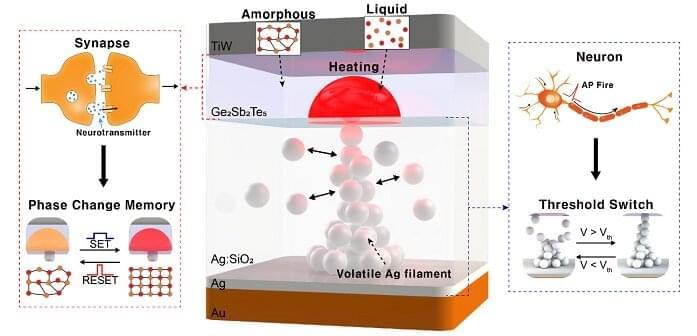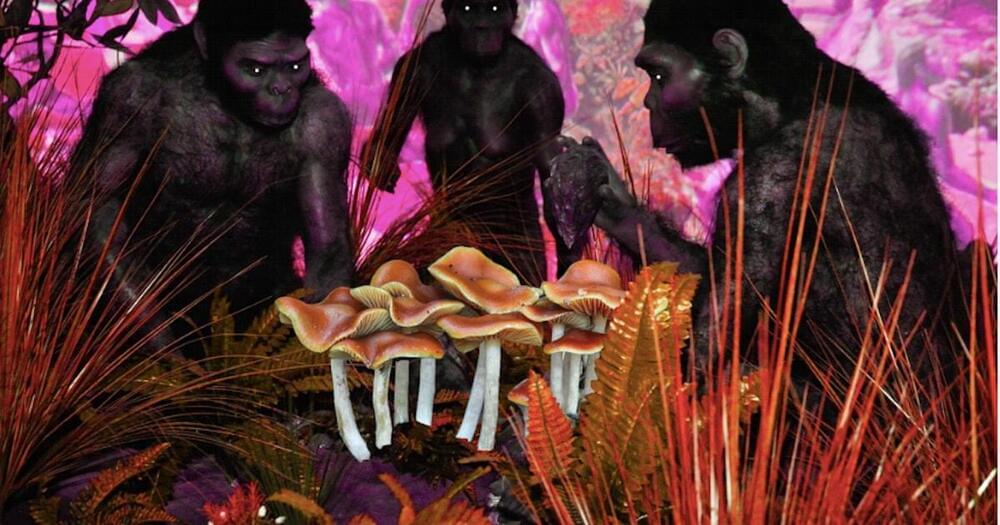Scientists have discovered a pair of stars locked in an incredibly close orbit that circle each other once every 51 minutes — and according to the results of a new study, they are only going to speed up.
The universe is a chaotic place when it comes to orbital mechanics. Our solar system, when viewed in relation to the rest of the cosmos, is a little vanilla. We have our central star — the Sun — which is orbited by eight major planets that are in turn are escorted through the heavens by a plethora of moons and rings of varying levels of impressiveness.
However, astronomers have discovered that roughly half of the stellar systems in our Milky Way are actually comprised of multiple stars that are gravitationally bound to one another. The Alpha Centauri system — which is the closest neighboring stellar population to our Sun — is in fact a collection of three stars that orbit one another roughly 4 light-years from Earth.






